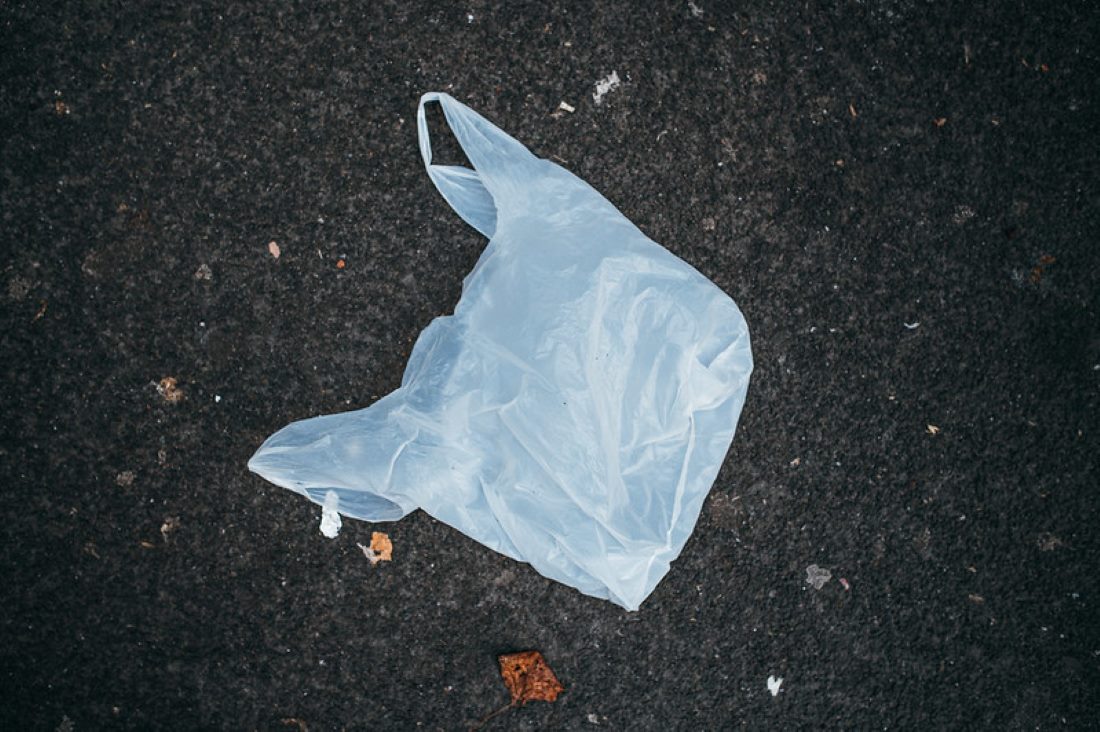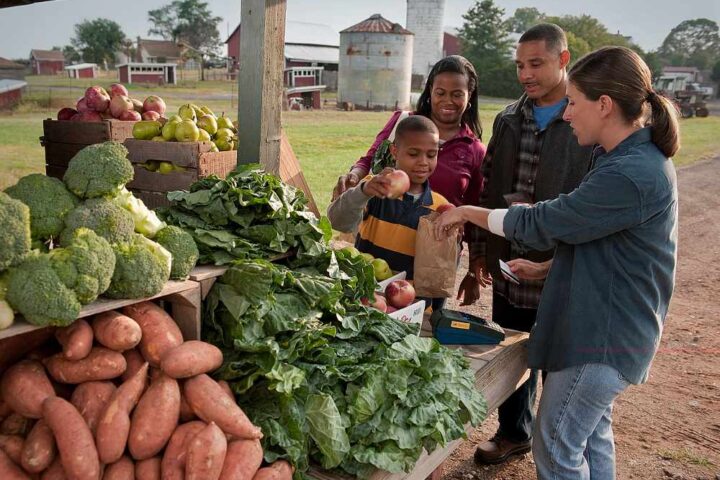Vermont’s plastic bag ban has cut plastic bag use by 91% since July 2020, according to a new University of Vermont (UVM) study.
The research, led by UVM professor Qingbin Wang and published in the journal Environmental Economics and Policy Studies, surveyed 745 Vermonters to measure the ban’s impact.
“The law’s strongest effect was a near-complete elimination of plastic bag use following the ban,” said Wang. The study found about 70% of Vermonters viewed the legislation positively.
Vermont’s ban is part of Act 69 of 2019, which targets single-use products that make up nearly one-third of Vermont’s trash. The law bans stores and restaurants from providing plastic carryout bags at checkout while allowing paper bags for a 10-cent fee.
What’s notable is that while plastic bag use plummeted, paper bag use increased by only 6% – a change researchers found wasn’t statistically significant. This suggests most shoppers have switched to reusable bags rather than another disposable option.
“The transition from plastic to paper was quite minimal, and what we saw was people switching from single-use options to something else,” said UVM researcher Emily Belarmino, a study co-author.
Vermont’s law goes beyond just plastic bags. It also bans expanded polystyrene (Styrofoam) food containers and plastic stirrers, while making plastic straws available only upon request. When enacted, it was one of the most comprehensive plastic reduction laws in the nation.
The researchers observed various consumer responses to the ban. Some switched readily to paper bags, while others who previously used paper bags stopped using them entirely due to the 10-cent fee. Many residents already using reusable bags simply continued their habits.
Study co-author Meredith Niles values the research findings: “This legislation clearly had an impact on consumer plastic bag use and, equally importantly, there was broad public support for the plastic bag ban.”
Similar Posts
The researchers credit the ban’s success to its “bottom-up” origins – Vermonters themselves pushed for the ban due to environmental concerns. They also highlight the state’s effective communication before implementation.
“People seem pleased with it, but I would surmise that’s partly because of the really good communication work that Vermont did before implementation day,” Belarmino noted.
For shoppers, the law encourages using reusable bags – those made from cloth or durable materials with stitched handles. The 10-cent fee on paper bags serves as a “nudge” to prompt this behavior change.
Vermont’s ban closed common loopholes by banning all plastic carryout bags, not just thin ones. The law specifically requires “stitched handles” for reusable plastic bags to prevent retailers from offering thicker disposable plastic bags.
The law allows certain exceptions, including plastic bags for loose produce, meat, flowers, and prescription medications.
Vermont’s success could guide other states considering similar legislation. As plastic pollution threatens ecosystems, wildlife, and human health, Vermont’s approach shows that comprehensive plastic reduction laws can gain public support and achieve significant environmental benefits.

The study authors suggest states should “consider both types of bags together” when crafting similar laws, implementing both a plastic ban and a paper fee to encourage reusable alternatives.
Vermont’s approach provides valuable evidence that such policies can effectively change consumer behavior while maintaining public approval.


















